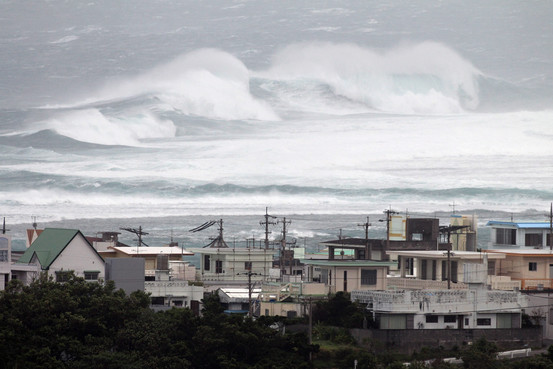Super Typhoon Vongfong hits Japan’s main islands. Winds of up to 180 kilometres (112 miles) per hour whipped ashore as the typhoon made landfall at Makurazaki on Kyushu island.
The typhoon came just a week after another strong tropical cyclone whipped through the country, leaving 11 people dead or missing.
The name of the typhoon is contributed by Macau. Vongfong means “wasp” in Cantonese, and was also used in the 2002 typhoon season.
Typhoon Classification
A typhoon has wind speed of 64-79 knots (73-91 mph; 118–149 km/h), a severe typhoon has winds of at least 80 knots (92 mph; 150 km/h), and a super typhoon has winds of at least 100 knots (120 mph; 190 km/h).
What are typhoons, hurricanes and cyclones?
Typhoons are tropical storms which form over the Pacific Ocean, to the north of the equator and west of the International Date Line.
Alternatively, they can also form on the eastern side of the Date Line and cross it.
Countries affected by typhoons include the Philippines, Japan and China.
Tropical cyclones in the northeast Pacific and northern Atlantic are called hurricanes (eg Hurricane Katrina), while those in the South Pacific and over the Indian Ocean are simply called cyclones (eg Cyclone Nisha, Cyclone Hudhud).
Places that experience hurricanes include the United States, the Bahamas and Cuba.





